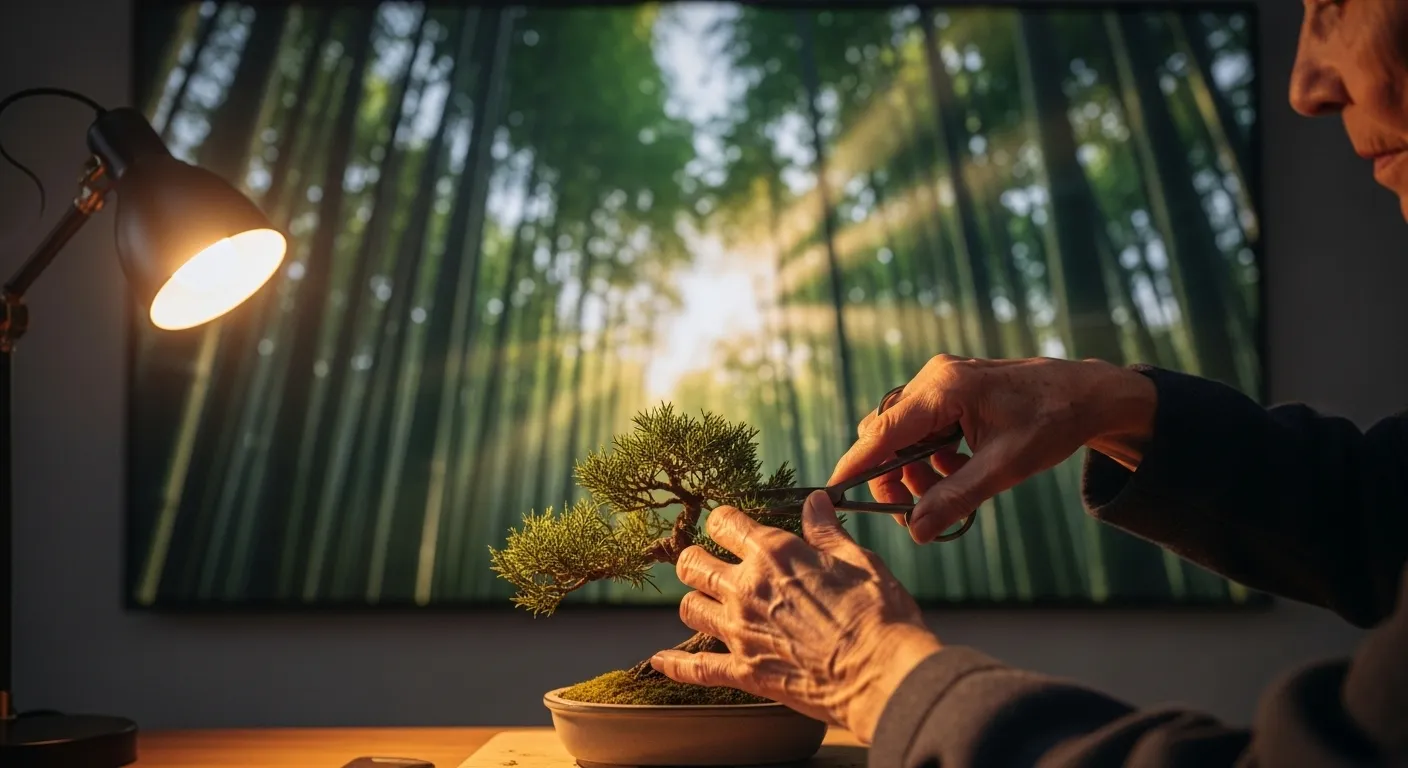
Trend #2: Biophilic Illusion & Hyper-Nature
The concept of biophilia—our innate need to connect with nature—is not new. We’ve been filling our homes with houseplants and natural materials for years. But in 2026, this trend evolves from passive to active, from literal to illusory. Welcome to Hyper-Nature, where technology is used not to replace nature, but to amplify and integrate its essence into our homes in more profound ways.
This goes far beyond a fiddle-leaf fig in the corner. We’re talking about large-scale, high-resolution digital “windows” or skylights that display hyper-realistic scenes from nature, dynamically changing with the time of day and even the seasons. Imagine waking up to a soft, misty forest scene that gradually brightens, all powered by an OLED display so crisp it’s indistinguishable from reality. This is Biophilic Illusion. It’s about creating an immersive atmosphere, a feeling of being connected to the outdoors even in a high-rise apartment.
Lighting will be a key player. Circadian rhythm lighting systems that perfectly mimic the color temperature and intensity of natural sunlight throughout the day will become standard in luxury design. These systems support our natural sleep-wake cycles and create a healthier indoor environment. Textiles, too, will reflect this trend. Look for fabrics with microscopic, digitally printed patterns of cellular structures, leaf veins, or mineral cross-sections. It’s a more intellectual and abstract way of referencing the natural world, a core tenet of the interiors 2026 look. This high-tech approach allows us to experience the calming and restorative effects of nature on a deeper, more integrated level.
